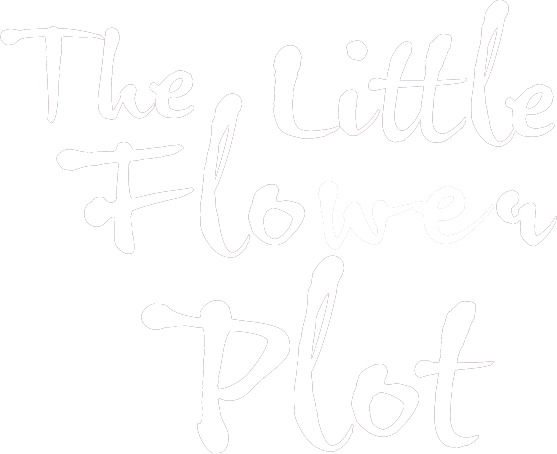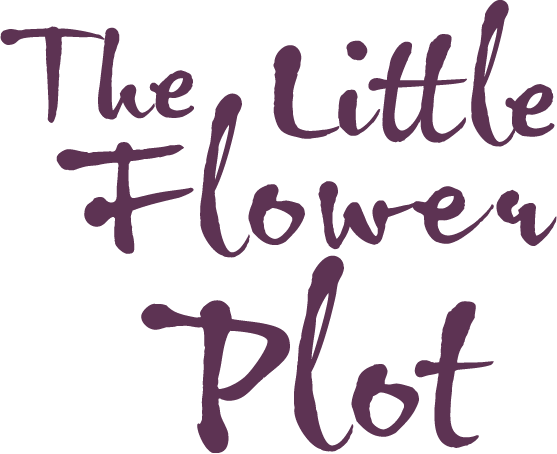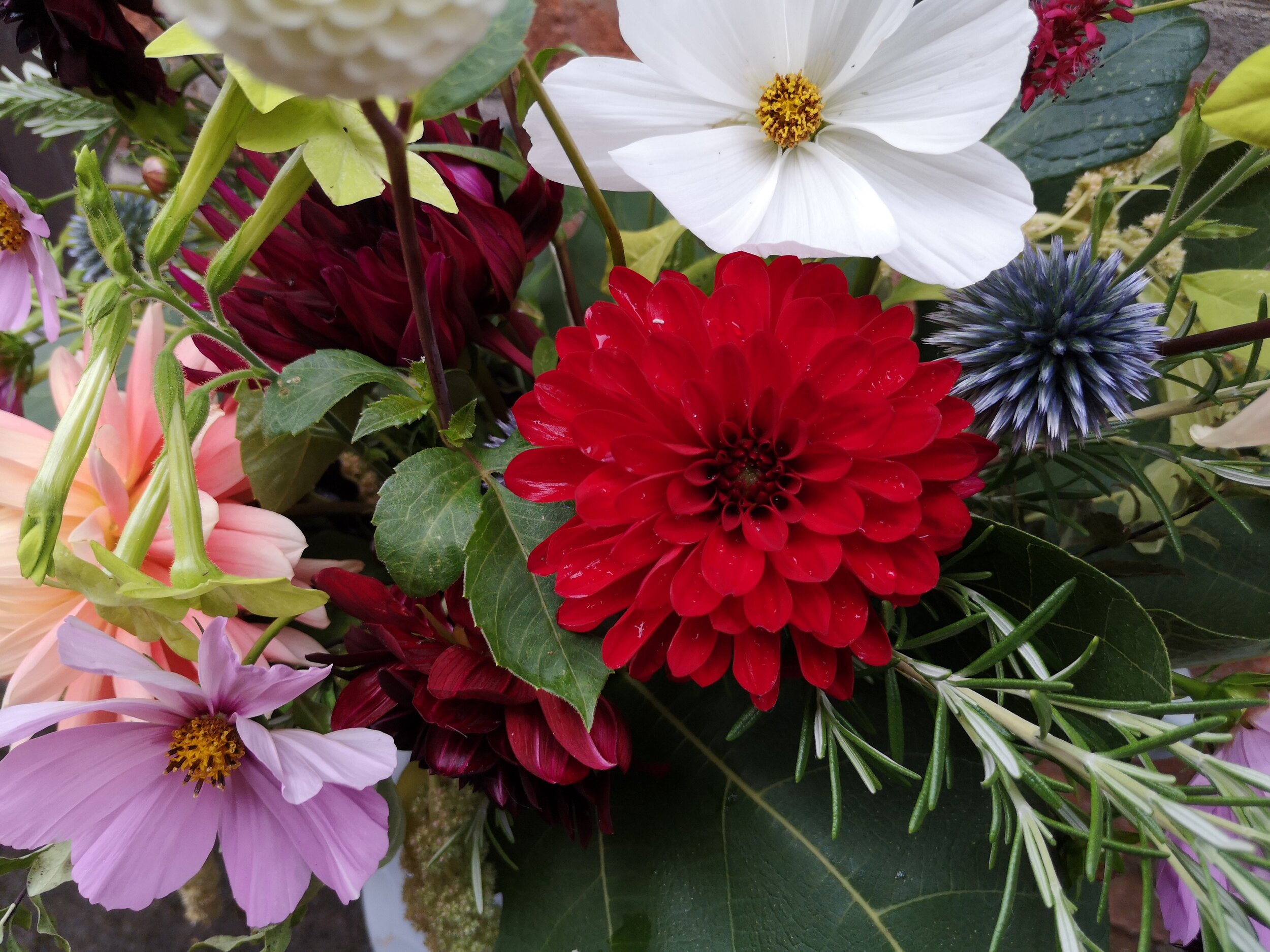
Sustainability and eco-conscious floristry
What is sustainable floristry?
Sustainable floristry is focused on ensuring the floristry techniques and floral practices we use are suitable for use now whilst taking into account the impact on the future.
In recent years the floristry and horticultural industry has been heavily reliant on single use plastics and materials such as floral foam, that often can’t be recycled.
By using sustainable floristry methods we looks for alternatives to these practices and promotes their usage. Where we can’t find an alternative to the materials we use, we try to reuse them as much as possible.
What is the problem with floral foam?
Floral foam for use in floristry was introduced by Smithers-Oasis in 1954 as a way to keep flowers hydrated whilst securing them in an arrangement. The product was revolutionary at the time and affordable, it also allowed for historic venues to have flower displays without open water that could add moisture to the air around and damage the historic fixtures and furniture.
However floral foam can only be used once (no matter how many times you try), it won’t retain water once dried out after the first use. It is made up of a microplastics that is not compostable or biodegradable and is often treated with chemicals including formaldehyde. This not only means that floral foam will sit in landfill sites forever, but it also affects nature and the animals around it. Studies such as Foaming at the mouth: Ingestion of floral foam microplastics by aquatic animals by RMIT University are helping us to understand the affects.
At The Little Flower Plot here are a number of techniques and materials we use instead of floral foam these include:
Metal / Glass frogs or pins. Often used in the Ikebana style of floristry, are washed and reused
Wire armatures. The wire can be washed and reused
Moss and compostable bags (food or dog bags). The moss is sourced from sustainable resources
Willow. Can be used in place of wire for armatures and wreath rings
Reusable ties. Plastic cable ties are often used on installations, where possible we are replacing these with reusable ones
Natural vines such as passion flower or straw. Can be used in place of wreath rings.
Garden twine. Twine can be used in place of wire for wreaths and binding fresh materials.
Changing materials does require additional learning and testing of materials, the idea of an installation falling in the middle of a ceremony is the stuff of florist’s nightmares.
Unfortunately not everything has an alternative yet in floristry, and at the plot we continue to look for suitable materials to replace things like florist tape and adhesive tack, which are strong and waterproof, holding key elements in place safely.
What are the alternatives to floral foam?
Are you interested in finding out more about sustainable floristry?
In recent years the floristry and horticultural industries have undertaken a big push to try to produce sustainable materials, a range of peat free composts are coming onto the market (that compete in price to multipurpose composts) and alternatives to floral foam are being introduced such as Agrowool, as well as developments by Oasis to make their products more sustainable.
This is certainly a promising start and here at The Little Flower Plot we try our best not to judge other peoples practices but encourage the use of more sustainable techniques. There are professionals with more experience and dedicated knowledge, than us leading the industry and its worth taking a look at The Sustainable Floristry Network, which was recently set up, as a global industry initiative endorsed by a collective of experienced florists. Through their website and instagram they help with more information about following and developing sustainable floristry techniques.


